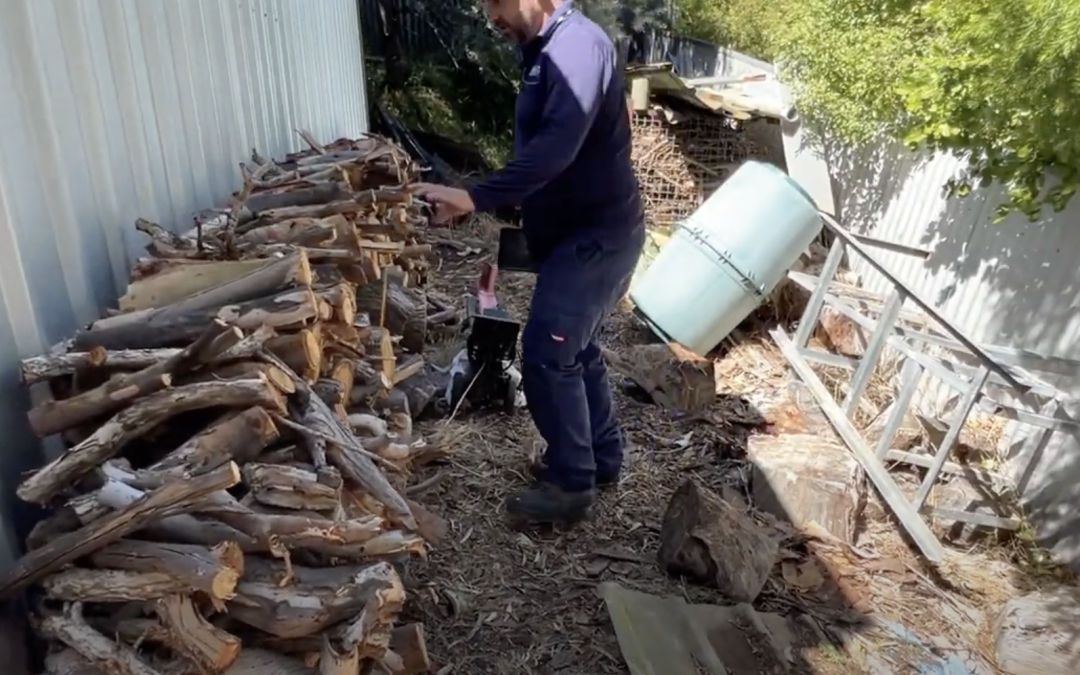
Pest Control in Action: How to conduct a termite inspection

Pest Control in Action: How to conduct a termite inspection

Have you ever wondered how professionals conduct a termite inspection? Our Pest Control in Action video series gives you a behind-the-scenes look at how we take on tough pest situations.
In this episode, join us as we shadow Pest Technician Scott on a mission to conduct an annual termite inspection at a residential property in Adelaide.
Termite infestations pose a serious threat to homes. Termites silently cause extensive damage to structures if you leave your property unchecked. Identifying and addressing these infestations early is crucial to prevent costly repairs.
The pest control process
1. Wall inspection
Scott begins his inspection indoors, combing through every nook and cranny of the house. With a high-performance moisture meter, he assesses moisture levels and scans walls for any signs of termite activity or damage.
2. Roof void inspection
Moving into the roof void, Scott carefully examines this area for any indications of termite intrusion or damage caused by other pests.
3. External inspection
With the indoor assessment complete, Scott shifts his focus to the exterior of the property. From the front yard to the backyard, he inspects all external walls and areas prone to moisture, such as piles of stumps, which can attract termites.
The result
Fortunately, Scott’s thorough inspection yielded reassuring results. No signs of termite activity or damage were detected during the examination, providing the homeowner with peace of mind until the next termite inspection in 12 months.
Established in 1986, Allstate has grown to become one of the best known and loved pest control providers for Adelaide families and businesses. Our knowledgeable and friendly technicians are available 24/7 to all suburbs of Adelaide. Fully equipped to treat pest outbreaks in residential, commercial and industrial settings, our modern and innovative treatments will ensure that your property is safeguarded from pests for years to come.
For effective and reliable pest control services, contact Allstate today.
Choose Allstate for safe, nontoxic treatments to
protect your home or business from pests today.


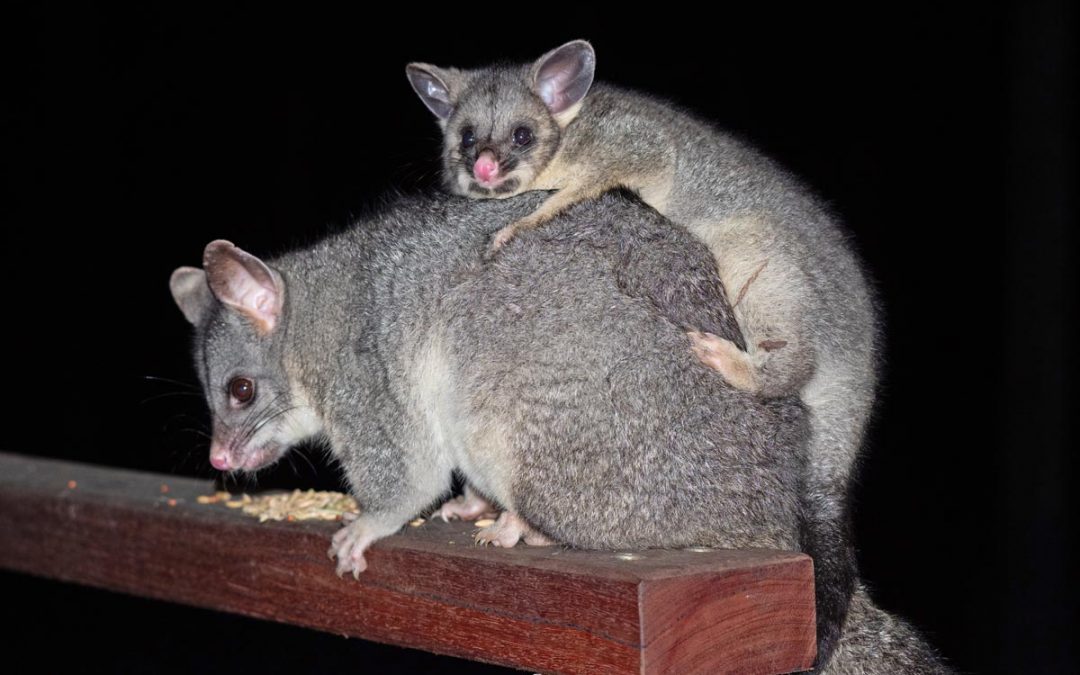
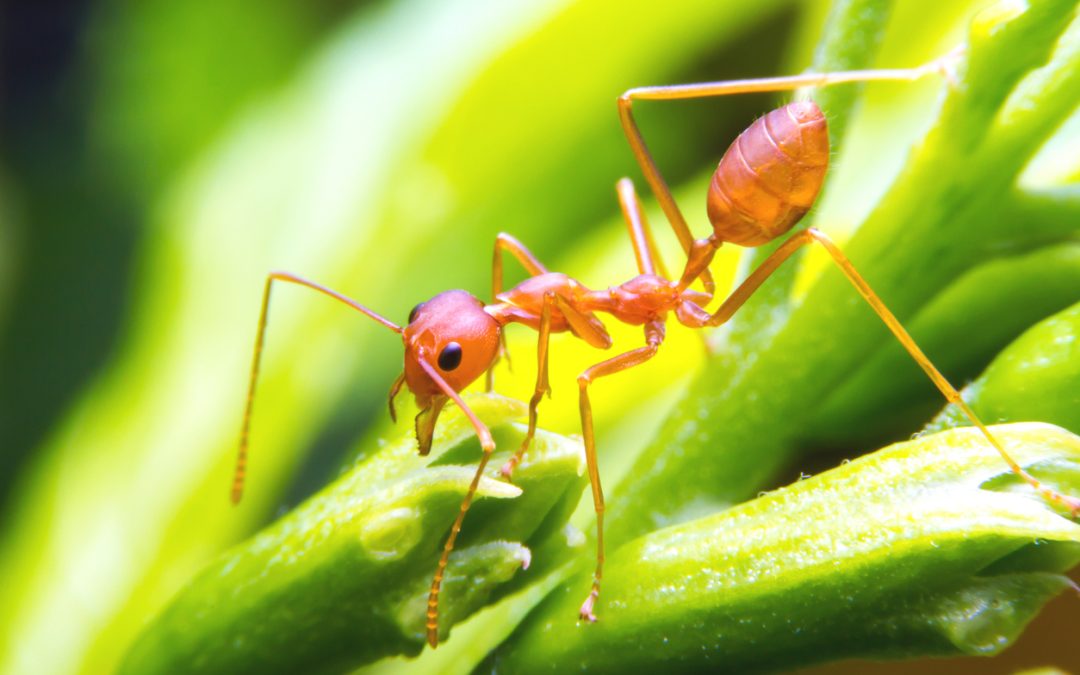

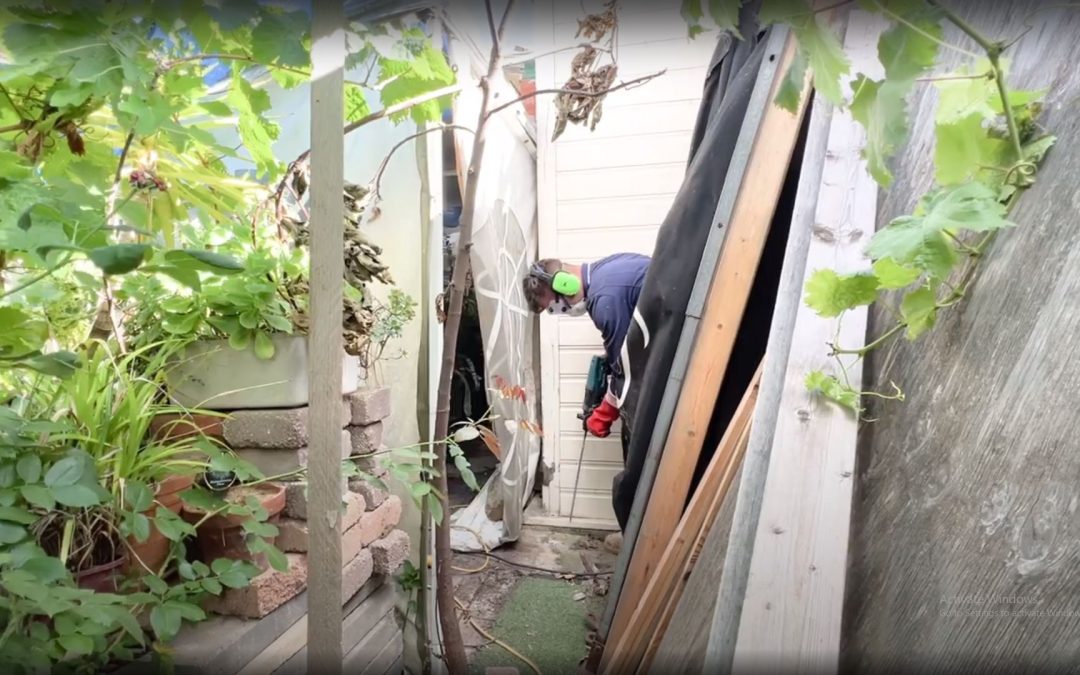
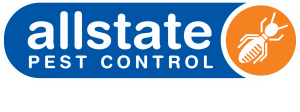


Recent Comments